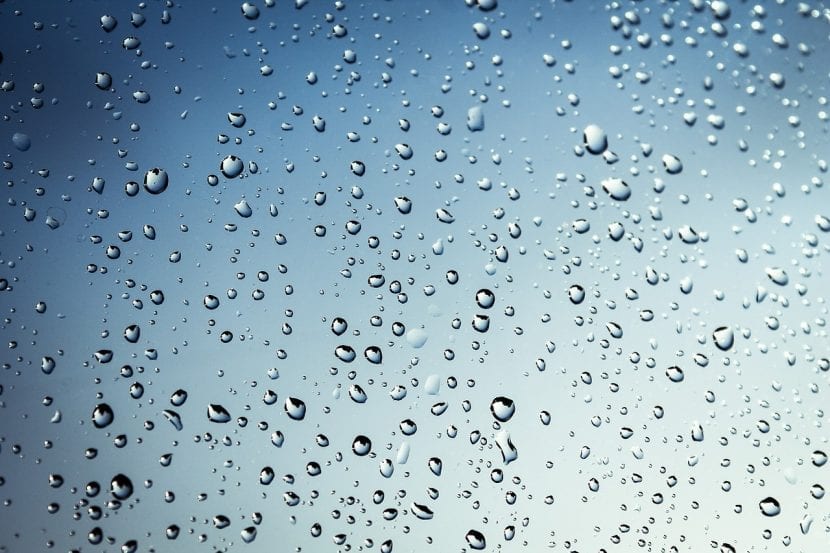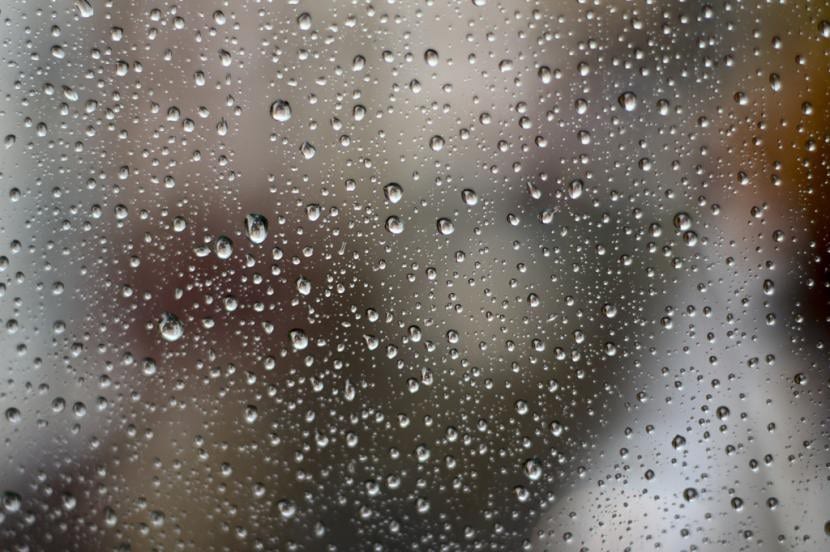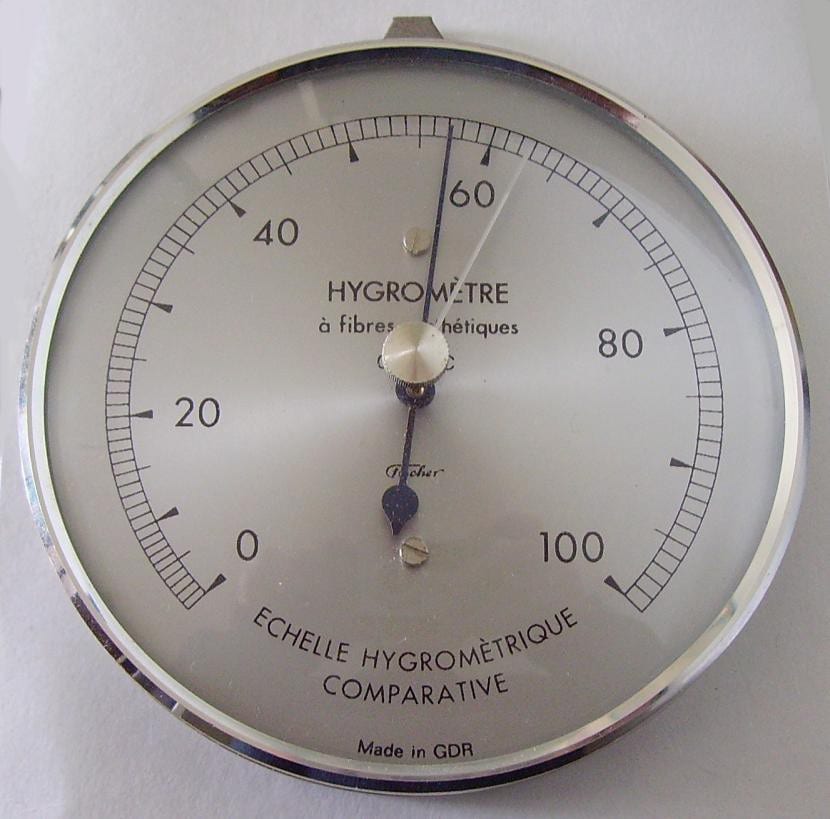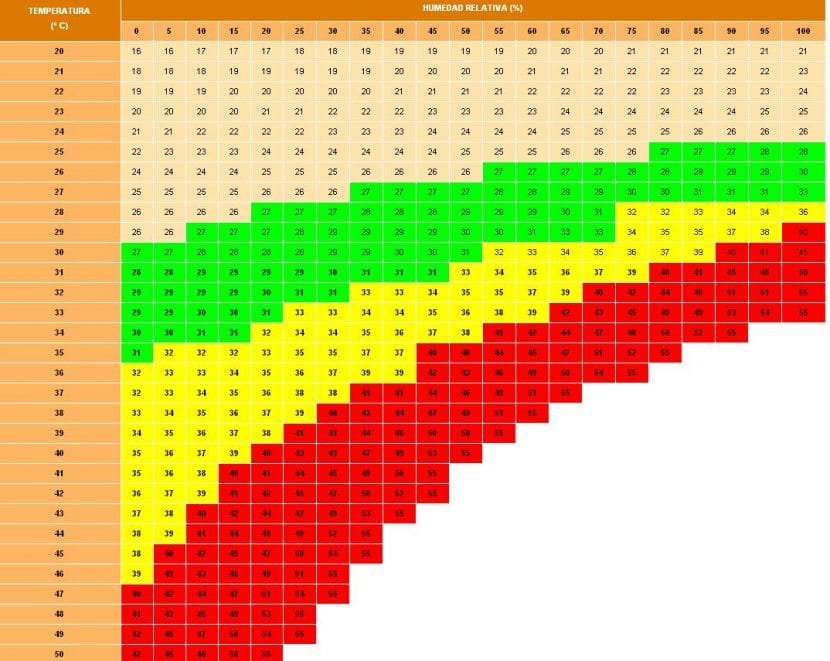
Humidity is the amount of water vapor found in the atmosphere. It plays a very important role in the formation of clouds; in fact, if there were no water vapor, they could not form.
Several types are distinguished, which are necessary to know if you want to have more knowledge about the climate of an area, or about the weather on a certain day. Let's know more about her.
What is humidity?

It is one of those talking points that usually come up when it is going to rain soon or has already done so, or during the summer if we live or are on an island or near the coast. However, it also arises in winter, especially in the archipelagos: the higher the degree of relative humidity, the colder it seems to be. In fact, I can tell you that in my area you often hear people say a lot that, no matter how much you dress up, you feel very, very cold (and the minimum temperature is only -1ºC! Funny, right?).
But what is it exactly? As well. It is not more than the amount of water vapor in the air. It is also known as ambient humidity.
There are several types: food, soil, but in meteorology we are only interested in one, which is air.
What is air humidity?
It is the amount of water vapor that the air contains. It is very necessary to evaluate the thermal comfort of a living being. In addition, it is useful as it serves to evaluate the capacity of the air to evaporate moisture from the skin; And as if that were not enough, thanks to the humidity the plants can develop without problems.
Water vapor has a lower density than air, so humid air, that is, air that is a mixture of air and water vapor, is less dense than dry air. These substances, when heated, lose density and rise towards the atmosphere, where the temperature decreases about 0,6ºC every 100 meters, so depending on the temperature, that air will have more or less water vapor.
Thus, if they reach cold areas, clouds are formed, whether of drops of water or ice crystals, which once come together weigh so much that they are attracted to the ground by the force of Earth's gravity, so that fall as rain or snow.

Humidity is expressed in an absolute way by means of absolute humidity, specifically or in a relative way by relative humidity.
- Absoluta: It is the amount of water vapor found per unit volume of air in an environment. Water vapor is usually measured in grams and the volume of air in cubic meters. By measuring it, you can tell how much vapor is in the air. It is expressed in g / m3.
- Specific: It is the amount of moisture by weight that is required to saturate one kilogram of dry air, or, what is the same: the grams of water vapor that contains 1kg of dry air. It is expressed in g / kg.
- Relative: It is the relationship between the amount of real water vapor and what it would need to contain to saturate at the same temperature. It is expressed in percentages.
As measured?
The moisture meter is the hygrometer, an instrument used in meteorology to measure the degree of humidity of the air in the atmosphere. The results are expressed in percentages, and there are of two types:
- Analog: they stand out for being highly precise, since they detect changes in humidity in the environment almost immediately. But from time to time they have to be calibrated, so they don't usually sell much.
- digital: digitals are also accurate, although somewhat less. They do not need any maintenance, and they are also ready to use right after you buy it.
Humidity and wind chill

Image - Ballesterismo's Blog
The thermal sensation, that is, the reaction that our body has to weather conditions, varies depending on the temperature, how the sky is, the altitude above sea level at which we are, the wind, how far away that is the sea, and also of the relative humidity. For example, even if the sky is clear, if the thermometer shows 20ºC and the humidity is 5%, we will have a sensation of 16ºC. On the contrary, if there is a real temperature of 33ºC and a humidity of 80%, the sensation will be 44ºC.
As we see, the higher the percentage, the more heat we will have; and the lower the colder, which is why often when we go to a new place we are struck by the temperature indicated by the thermometer.
And with this we end. We hope you have learned a lot about this interesting and everyday topic as humidity.



Excellent Post, I want to learn more.
Thanks, a long time ago I wondered how humidity influences different climates.
Thanks to you, Paula Andrea, for commenting 🙂. We are glad that it has served you. A greeting.